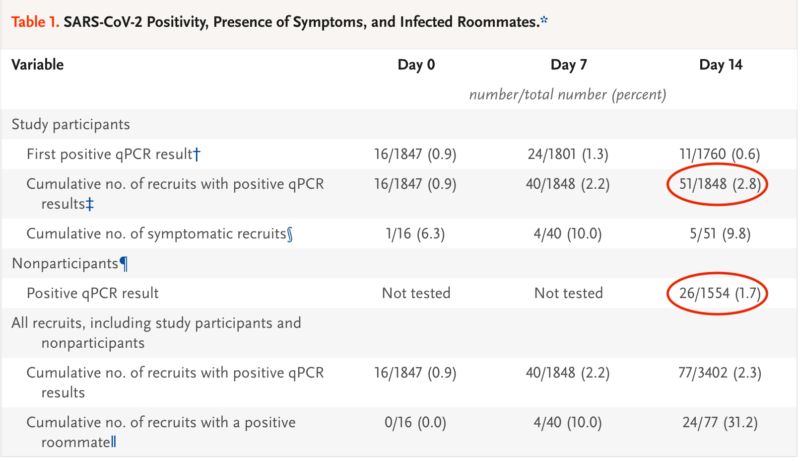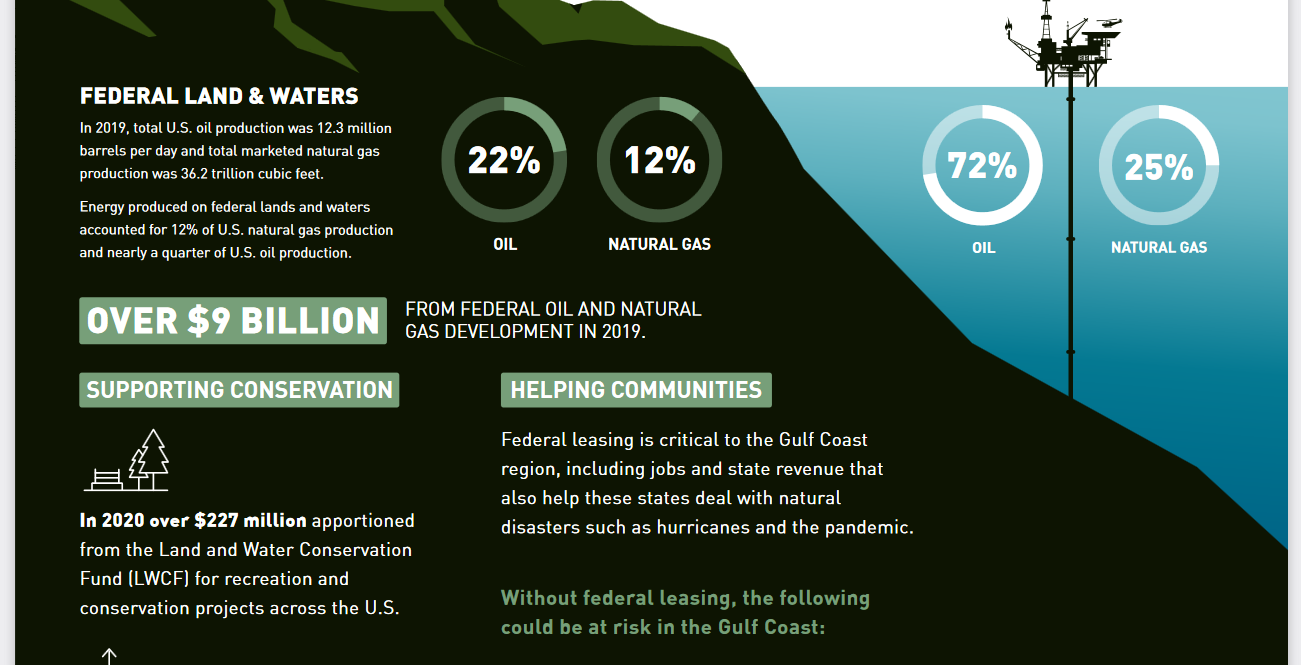Ever wonder about the tracking that Facebook uses to prioritize posts, block others or issue warnings? There are some good uses for selection institutions, corporations or agencies for sure….but we remain suspect of Facebook and all social media, and with good reason.
So, take a look at the tool Facebook uses and is exploited by others.

Meet CrowdTangle…
When it comes to poll testing used by politicians, CrowdTangle is generally the ‘go-to’ source.
CrowdTangle Search: The top trend graph will show how election or candidate keywords have performed on social over time. Meme search will help with text on image posts so you’ll have broader results from overall election keywords.
Lists: Set up lists for politicians, candidates, local officials, campaign staffers, political Facebook groups, political influencers and journalists. Set up a weekly digest (in our notifications section) for these lists to keep track of what everyone is saying.
Intelligence: See who’s driving more social interactions around their content. Compare candidates in races, political groups and more.
Live Displays: Create an election-themed Live Display to give your team a real-time, multi-platform view of what candidates are saying, what local and national publishers are saying about the candidates, to compare your coverage of the election to that of your competitors, and more.
Check out these Live Displays for these 2020 Elections:
- U.S. Politics
- U.S. 2020 Candidates
- U.S. 2020 Voting Keywords & U.S. 2020 Voting Keywords in Spanish
- U.S. 2020 Elections by State and by Office
- Swing State Displays: Arizona, Colorado, Florida, Georgia, Michigan, Minnesota, Nevada, New Hampshire, North Carolina, Ohio, Pennsylvania, Wisconsin, Virginia
Elections Resources for Journalists
- Track the coverage for a specific election
- Election Strategy: Monitoring Political Conversations
- Study past elections and past coverage of politicians and candidates
- We frequently see CrowdTangle data being used by journalists all over the world. Here’s a quick primer on some of the ways we’ve seen it used in the lead-up to, during and after elections.
- Resources for investigative reporters
- How to do fan-outs to see how a piece of content is spreading. (Fan-outs are tactics investigators use when they’re trying to identify similar content that has made its way across social media networks.)
- How to cite CrowdTangle in a story
- What data CrowdTangle is tracking?
CrowdTangle is a public insights tool from Facebook that makes it easy to follow, analyze, and report on what’s happening with public content on social media.
What is CrowdTangle used for?
Organizations primarily use CrowdTangle to:
- Follow. Easily follow public content across Facebook, Instagram and Reddit.
- Analyze. Benchmark and compare performance of public accounts over time.
- Report. Track referrals and find larger trends to understand how public content spreads on social media.
Some examples include:
- Journalists using CrowdTangle Search to search across Facebook or Instagram for content relevant to their reporting.
- Social media managers tracking their own account performance and comparing themselves to the competition in Intelligence.
- TV producers broadcasting real-time streams of social posts related to breaking news events using Live Displays.
- Fact-checkers identifying posts that contain misinformation.
- Researchers analyzing trends across thousands of accounts over time and reporting on how information spreads.
You can also see specific examples within our case studies.
What data does CrowdTangle track?
CrowdTangle only tracks publicly available posts.
The kind of data CrowdTangle shares includes:
- When something was posted.
- The type of post (video, image, text).
- Which Page or public account it was posted from, or which public group it was posted to.
- How many interactions (e.g. likes, reactions, comments, shares) or video views it received.
- Which other public Pages or accounts shared it.
CrowdTangle doesn’t track:
- Reach or impressions on a post.
- Ephemeral content like stories.
- Demographic information on users. CrowdTangle can tell you a particular post earned 1,000 likes, but it can’t tell you who liked it, where they are from or their age.
- Paid or boosted posts. CrowdTangle doesn’t differentiate between paid or organic engagement.
- Any data or posts from private accounts, or accounts that have put location or age restrictions on their content.
What accounts does CrowdTangle track?
CrowdTangle tracks influential public accounts and groups across Facebook, Instagram, and Reddit, including all verified users, profiles, and accounts like politicians, journalists, media and publishers, celebrities, sports teams, public figures and more. CrowdTangle also can track 7 days of public Twitter data via CrowdTangle Search and our Chrome Extension. CrowdTangle does not track any private accounts.
CrowdTangle’s database currently includes:
- Facebook: 6M+ Facebook Pages, public Groups, and verified profiles. This includes all Facebook Pages with more than 100K likes (new Pages are added automatically via an API).
- Instagram: 2M+ public Instagram accounts. This includes all accounts with more than 75K followers, as well as all verified accounts.
- Reddit: ~20K+ of the most active subreddits. Built and maintained in partnership with Reddit.
You can see a table that summarizes the percentage of Facebook Pages active in the last 28 days that CrowdTangle tracks, updated monthly here.










